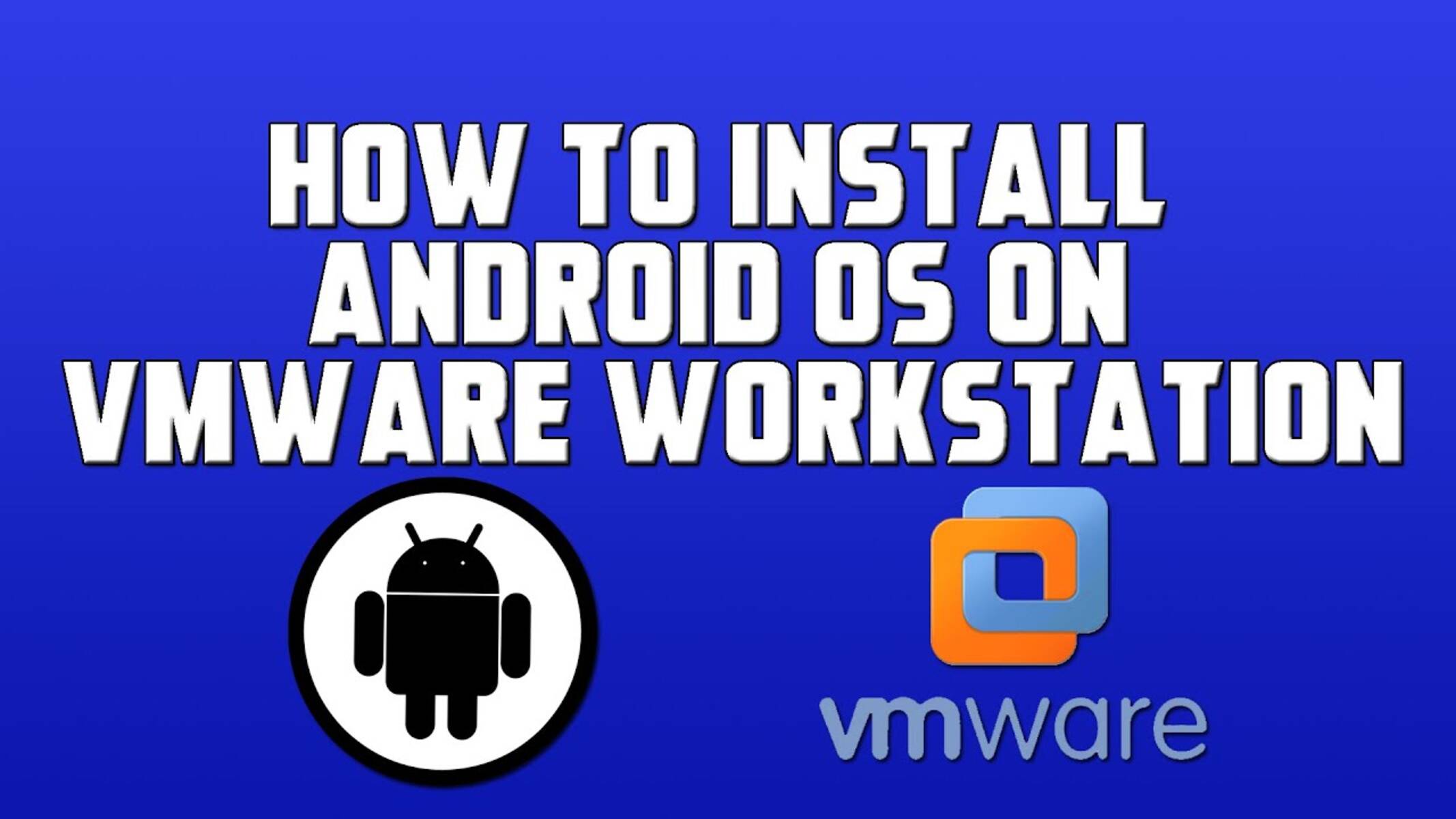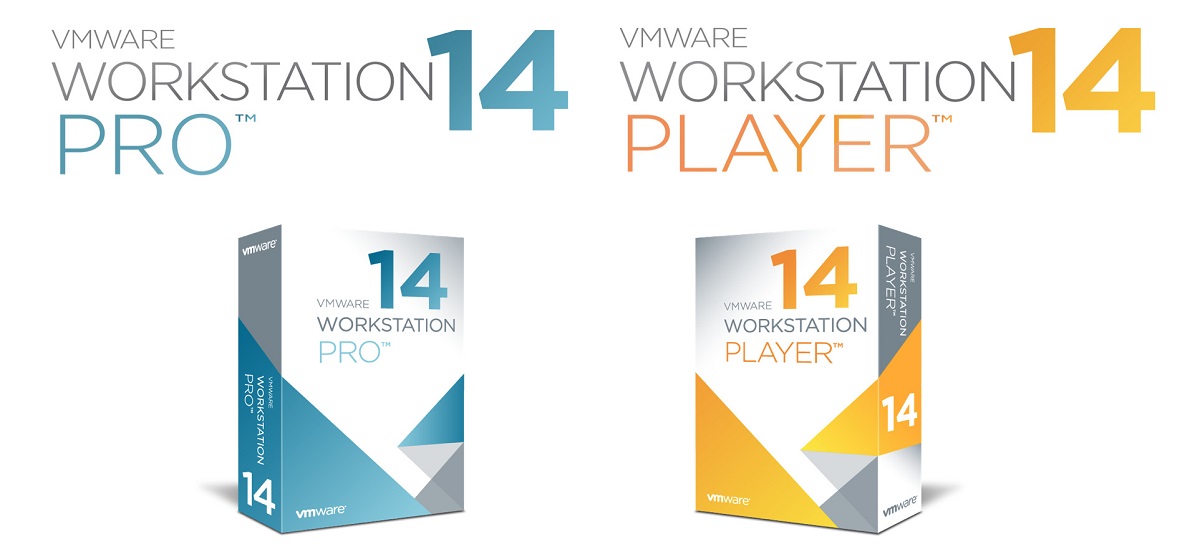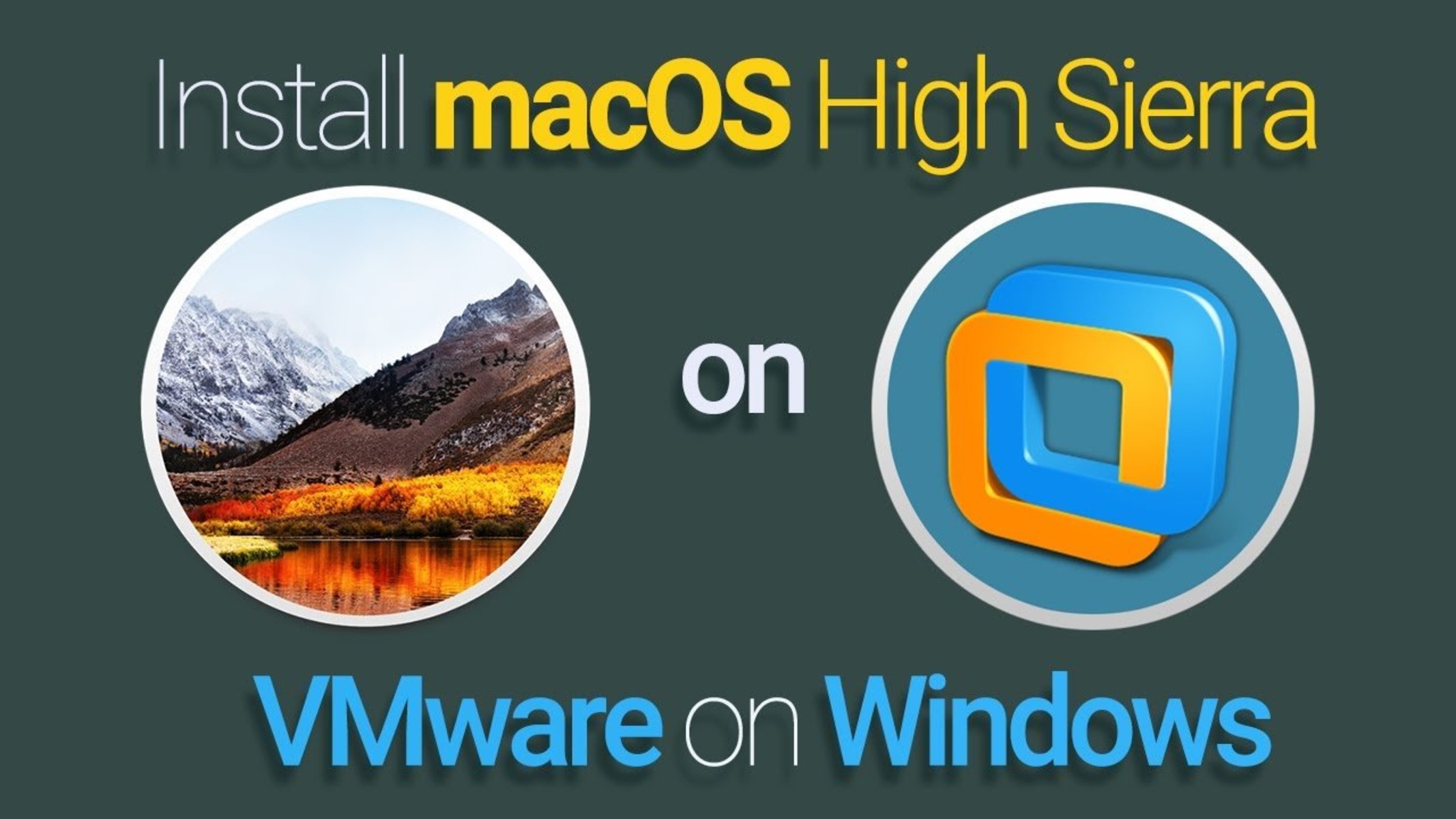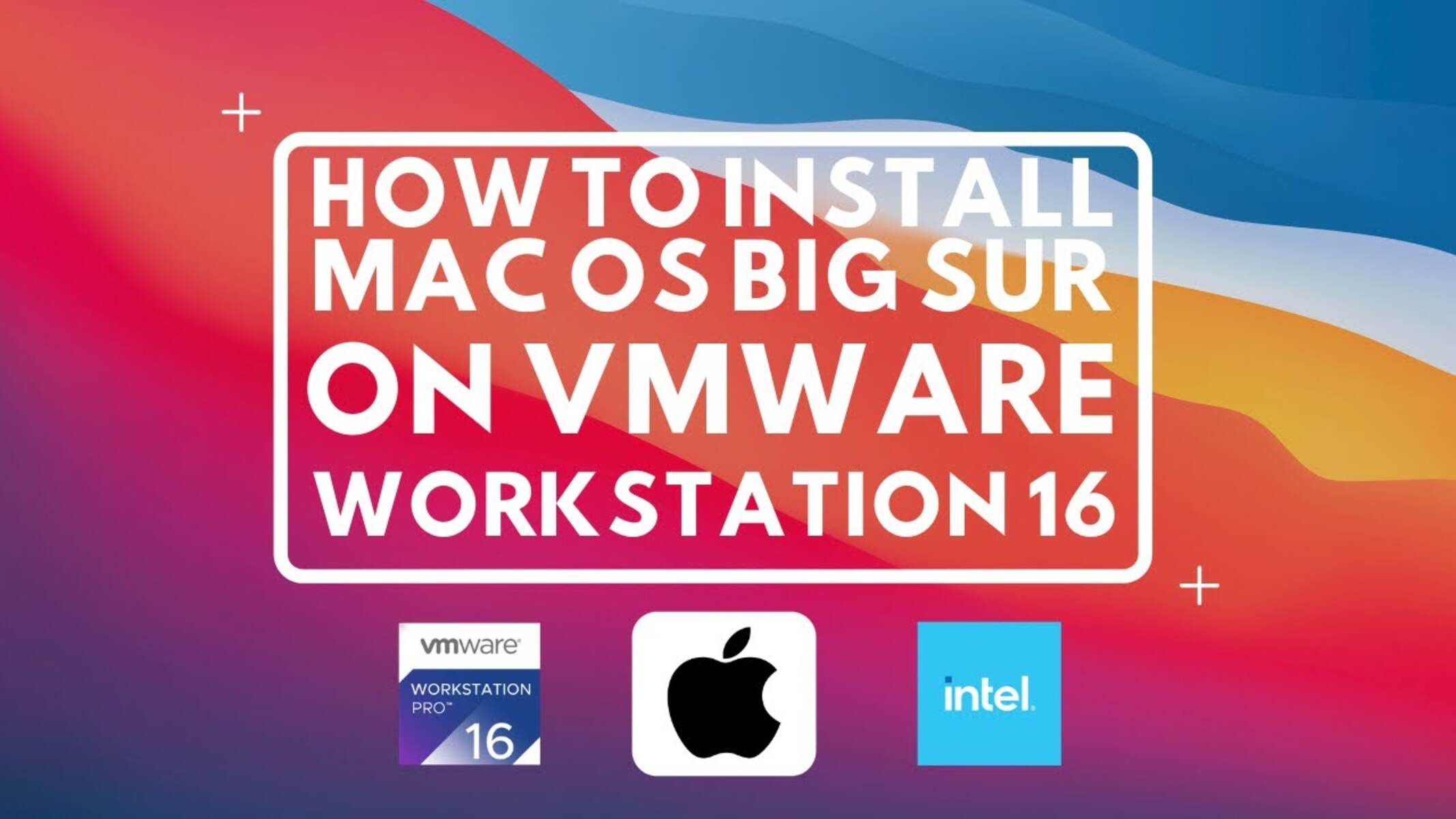Introduction
Welcome to this guide on how to install Android 5.0 on VMware Workstation. If you’re a fan of Android and want to explore the features of Android 5.0 Lollipop on your computer, this article is perfect for you. Whether you are a developer looking for a virtual environment to test your Android applications or simply curious about the latest Android version, VMware Workstation provides a convenient and efficient way to run Android on your desktop.
Android 5.0 Lollipop was a major milestone in the Android operating system, introducing a refreshed and visually appealing design, along with various performance and security improvements. It marked the transition to a more vibrant and responsive user interface, making it a sought-after version for Android enthusiasts.
With VMware Workstation, you can easily create a virtual machine and install Android 5.0, allowing you to experience the features and functionalities of this popular Android version without the need for a physical device. This is particularly useful for those who want to test and develop Android applications or simply enjoy the Android experience on a computer.
In this guide, we will walk you through the steps to install Android 5.0 on VMware Workstation, from preparing the environment to troubleshooting common issues that may arise during the installation process. By following these steps, you will be able to create a virtual Android environment and start exploring all that Android 5.0 has to offer.
So, let’s get started and dive into the world of Android 5.0 Lollipop on VMware Workstation!
Preparing the Environment
Prior to installing Android 5.0 on VMware Workstation, you need to ensure that your environment is properly set up. Here are the steps to prepare your system for the installation:
1. Check System Requirements: Before proceeding, make sure your computer meets the minimum system requirements for running VMware Workstation. This includes having a compatible operating system, sufficient RAM, and available disk space. Refer to the VMware Workstation documentation for specific requirements.
2. Download VMware Workstation: If you haven’t already, download and install the latest version of VMware Workstation from the official VMware website. Ensure that you have a valid license or access to a trial version.
3. Update System Software: It is recommended to update your operating system and other software to the latest versions. This ensures compatibility and stability during the installation process.
4. Allocate Resources: Since running a virtual machine requires resources from your physical computer, it is advisable to allocate sufficient RAM, CPU cores, and disk space to ensure smooth performance. Consider the minimum requirements specified by VMware and adjust the settings accordingly in the VMware Workstation preferences.
5. Backup Your Data: Before proceeding with any installation or modification, it’s always best practice to back up your important data. This will help prevent any potential data loss in case of unexpected issues or errors.
By following these preparatory steps, you can ensure that your system is ready for the installation of Android 5.0 on VMware Workstation. Once your environment is prepared, you can proceed to the next steps of downloading the Android 5.0 ISO image and creating a virtual machine to run Android.
Downloading Android 5.0 ISO
In order to install Android 5.0 on VMware Workstation, you’ll need to obtain the Android 5.0 ISO image. Here’s how you can download it:
1. Visit the Android Developers website: Go to the official Android Developers website at developer.android.com. This is the official source for Android software development resources and downloads.
2. Navigate to the Android 5.0 Lollipop page: Once you’re on the Android Developers website, navigate to the Android 5.0 Lollipop page. You can find the version history or search for Android 5.0 Lollipop using the website’s search function.
3. Download the Android 5.0 ISO: On the Android 5.0 Lollipop page, look for the download link or button to download the Android 5.0 ISO image. Click on the download link and save the ISO file to your computer.
4. Verify the ISO image: It’s a good practice to verify the integrity of the downloaded ISO image to ensure that it hasn’t been corrupted during the download process. You can use checksum utilities or compare the MD5 or SHA-1 hash of the downloaded file with the one provided on the Android Developers website.
5. Store the ISO image: Once you’ve verified the ISO image, store it in a location on your computer where you can easily access it later. It’s recommended to create a dedicated folder for ISO images or keep it in a location that’s organized and easy to locate.
By following these steps, you’ll be able to download the Android 5.0 ISO image from the official Android Developers website. Having the ISO image ready is an essential step as it will be used to install Android 5.0 on the virtual machine in VMware Workstation.
Creating a New Virtual Machine in VMware Workstation
Once you have the Android 5.0 ISO image downloaded, the next step is to create a new virtual machine in VMware Workstation. Here’s how you can do it:
1. Open VMware Workstation: Launch VMware Workstation on your computer. If you have just installed it, you can find it in your applications or through the Start menu.
2. Click on “Create a New Virtual Machine”: In the VMware Workstation window, click on “Create a New Virtual Machine” to start the virtual machine creation wizard.
3. Select “Typical” configuration: In the wizard, select the “Typical” configuration option for a standard virtual machine setup. This will guide you through the necessary steps to create a virtual machine quickly.
4. Choose the ISO file: When prompted to install the guest operating system, select “Installer disc image file (iso)”. Browse to the location where you stored the downloaded Android 5.0 ISO file and select it.
5. Configure virtual machine settings: Specify a name for your virtual machine and choose a location to store the virtual machine files. You can also customize other settings such as CPU, memory, and virtual disk size. Check the recommended settings provided by VMware or adjust them based on your system resources and requirements.
6. Complete the setup: Go through the remaining steps in the wizard, reviewing and confirming the virtual machine settings. Once you reach the final step, click on “Finish” to create the virtual machine.
By following these steps, you’ll be able to create a new virtual machine in VMware Workstation that is ready to install Android 5.0. The virtual machine will be configured with the necessary settings to run the Android operating system and provide you with the environment to explore Android 5.0 Lollipop.
Mounting the Android 5.0 ISO Image
After creating a new virtual machine in VMware Workstation, the next step is to mount the Android 5.0 ISO image to the virtual machine. Here’s how you can do it:
1. Power on the virtual machine: Open VMware Workstation and select the virtual machine you created. Click on the “Power on this virtual machine” option to start the virtual machine.
2. Access the virtual machine’s console: Once the virtual machine is powered on, you will see its console window. This is where you can interact with the virtual machine’s operating system.
3. Click on “VM” in the menu bar: In the virtual machine’s console window, click on the “VM” option in the menu bar at the top of the window. A dropdown menu will appear.
4. Select “Removable Devices” from the dropdown menu: In the dropdown menu, navigate to the “Removable Devices” option. Another sub-menu will appear to the side.
5. Choose “CD/DVD (IDE) > Connect”: In the sub-menu under “Removable Devices,” go to the “CD/DVD (IDE)” option and click on “Connect.” This will mount the CD/DVD drive of the virtual machine.
6. Select the Android 5.0 ISO image: After selecting “Connect,” another sub-menu will appear. Within this sub-menu, select the option that corresponds to the Android 5.0 ISO image you downloaded. This will attach the ISO image as a virtual disc to the virtual machine.
7. Start the installation process: With the Android 5.0 ISO image mounted, you’re now ready to start the installation process. Restart the virtual machine for it to boot from the mounted ISO image and begin the Android 5.0 installation.
By following these steps, you’ll be able to mount the Android 5.0 ISO image to the virtual machine in VMware Workstation. This will allow the virtual machine to boot from the ISO image and initiate the Android 5.0 installation process.
Configuring the Virtual Machine Settings
Once you have mounted the Android 5.0 ISO image to the virtual machine in VMware Workstation, it’s important to configure the virtual machine settings to ensure optimal performance and compatibility. Here’s how you can configure the virtual machine settings:
1. Access the virtual machine settings: Power off the virtual machine if it is running. Right-click on the virtual machine in the VMware Workstation interface and select “Settings.”
2. Adjust memory allocation: In the virtual machine settings window, go to the “Memory” tab. Here, you can allocate the amount of memory (RAM) that the virtual machine will use. It is recommended to allocate at least 2 GB of RAM for Android 5.0, though you may increase it depending on your system’s resources.
3. Configure CPU settings: In the “Processors” tab, you can specify the number of CPU cores to assign to the virtual machine. Adjust this setting according to your computer’s processor capabilities and the demands of the Android 5.0 operating system. It is recommended to allocate at least 2 CPU cores.
4. Review display settings: Under the “Display” tab, you can configure the screen resolution and graphics memory allocated to the virtual machine. Adjust these settings as per your preference and system capabilities.
5. Configure network settings: In the “Network Adapter” tab, you can choose the type of network connection for the virtual machine. Select “Bridged” mode to allow the virtual machine to have direct access to the network, enabling internet connectivity and communication with other devices on the network.
6. Customize other settings: Explore other settings in the virtual machine configuration, such as disk space allocation, USB support, and sound options. Customize these settings according to your needs and the requirements of your Android 5.0 installation.
7. Save the virtual machine settings: Click on “OK” or “Apply” to save the changes made in the virtual machine settings. These settings will be applied when you start the virtual machine.
With the virtual machine settings properly configured, you can ensure that the virtual machine has enough resources to run Android 5.0 smoothly. These settings can be adjusted later as well, depending on your requirements and the performance of the virtual machine.
Installing Android 5.0 on VMware Workstation
With the virtual machine settings properly configured, you can now proceed with installing Android 5.0 on VMware Workstation. Here’s a step-by-step guide on how to install Android 5.0 on the virtual machine:
1. Start the virtual machine: Power on the virtual machine that you created and configured for Android 5.0 installation. The virtual machine will boot, and you will see the initial VMware splash screen.
2. Choose the installation mode: Once the virtual machine boots up, you will see the Android installer screen. Select the installation mode you prefer – either “Android-x86 Run” mode or “Android-x86 Debug” mode.
3. Select the installation disk: After choosing the installation mode, you’ll be prompted to select the disk drive where you want to install Android 5.0. Choose the appropriate disk drive and proceed.
4. Format the disk: If the selected disk drive is not formatted or contains existing data, you may need to format it. Follow the on-screen instructions to format the disk drive, erasing any existing data.
5. Begin the installation: Once the disk is formatted, the Android installer will start copying the necessary files to the disk and installing the Android 5.0 operating system. The progress will be displayed on the screen, and the installation may take several minutes to complete.
6. Configure Android settings: After the installation is finished, you’ll be prompted to set up Android for the first use. Follow the on-screen instructions to configure settings such as language, time zone, network connectivity, and Google account login.
7. Complete the setup: Once you have finished setting up Android 5.0, you will be taken to the Android home screen. Congratulations! You have successfully installed Android 5.0 on VMware Workstation.
Now that Android 5.0 is installed on the virtual machine, you can explore the various features, install applications, and experience the Android 5.0 Lollipop interface. Enjoy the seamless Android experience on your computer!
Post-Installation Configuration
After successfully installing Android 5.0 on VMware Workstation, there are a few post-installation configurations you can perform to optimize your Android experience. Here are some essential steps to consider:
1. Update Android: It’s crucial to keep your Android 5.0 installation up to date with the latest security patches and bug fixes. Go to the Settings app, navigate to “About phone,” and check for system updates. Install any available updates to ensure the best performance and security.
2. Install Google Play Store: By default, Android 5.0 installed on VMware Workstation may not have the Google Play Store. To access a vast selection of Android apps, you can download and install the Google Play Store APK manually. Look for a trusted source to download the APK file, and then install it on your virtual Android device.
3. Adjust display and resolution settings: Depending on your screen size and preference, you may want to adjust the display and resolution settings. Go to the Settings app, select “Display,” and customize settings like screen resolution, display scaling, and orientation to suit your needs.
4. Configure network settings: To enable internet connectivity and access network resources from your virtual Android device, configure the network settings. Make sure you are connected to a network, either through bridged networking or NAT, and set up Wi-Fi or Ethernet connectivity in the Android settings.
5. Set up Android apps and accounts: Install your preferred Android apps from the Google Play Store, sign in to your Google Account to sync your data and settings, and configure other accounts such as email, social media, and cloud storage services to have a personalized Android experience.
6. Optimize performance: Adjust the performance settings to optimize the virtual machine’s performance on VMware Workstation. This includes customizing CPU and memory allocation, enabling hardware acceleration, and fine-tuning settings based on your system’s capabilities.
7. Explore Android features: Take some time to explore the various features and functionalities of Android 5.0. From the revamped user interface to the enhanced notification panel, Material Design elements, and improved multitasking capabilities, Android 5.0 offers a host of exciting features to discover and utilize.
By performing these post-installation configurations, you can enhance your Android 5.0 experience on VMware Workstation. Tailor your virtual Android device to your preferences and enjoy the full functionality and capabilities of Android 5.0 Lollipop.
Troubleshooting Common Issues
While installing and running Android 5.0 on VMware Workstation, you may encounter some common issues. Here are some troubleshooting tips to help you resolve them:
1. Virtualization support: Ensure that your computer’s CPU supports virtualization technology and it is enabled in the BIOS settings. Without virtualization support, running Android 5.0 on VMware Workstation may not be possible or may lead to performance issues.
2. Insufficient resources: If you experience slowness or lag during the installation or usage of Android 5.0, check if your system meets the minimum resource requirements. Consider allocating more RAM, CPU cores, or disk space to the virtual machine in VMware Workstation to improve performance.
3. Networking issues: If you are unable to connect to the internet or access network resources from your virtual Android device, make sure that the network settings are configured correctly. Double-check if you have selected the appropriate network connection type (bridged or NAT) and verify that your host machine has an active internet connection.
4. Missing drivers: In some cases, you may encounter issues with missing drivers, resulting in limited functionality or device compatibility. Search for and install specific drivers for your virtual Android device, such as graphics drivers or network drivers, to resolve compatibility issues.
5. Screen resolution: If you are experiencing issues with the screen resolution, such as a stretched or pixelated display, try adjusting the display settings within the virtual machine or the host machine to match the native resolution of your monitor or screen.
6. Error messages during installation: If you encounter error messages during the installation process, such as boot failures or installation errors, double-check that you have followed all the steps correctly and that your ISO image is not corrupted. Try re-downloading the ISO image and repeating the installation process.
7. Compatibility with VMware Workstation: Ensure that you are using a compatible version of VMware Workstation with Android 5.0. Check the VMware documentation or forums to verify compatibility or consider updating to a newer version of VMware Workstation for better support.
If you are still unable to resolve the issues or encounter other specific problems while installing or running Android 5.0 on VMware Workstation, consult the VMware support resources or reach out to the Android community forums for assistance. Remember to provide detailed information about the issue, including any error messages or specific symptoms, to receive accurate troubleshooting advice.
Conclusion
Congratulations on successfully installing Android 5.0 on VMware Workstation! You have now created a virtual Android environment, allowing you to explore the features and functionalities of Android 5.0 Lollipop right on your computer. Whether you are a developer testing Android applications or simply curious about the Android experience, VMware Workstation provides a convenient and efficient platform for running Android on your desktop.
Throughout this guide, we covered the essential steps to install Android 5.0 on VMware Workstation, from preparing the environment and downloading the Android 5.0 ISO image to creating a virtual machine, mounting the ISO image, and configuring the virtual machine settings. We also discussed post-installation configurations and provided troubleshooting tips for common issues that may arise during the installation process.
By following these steps and customizing your virtual Android device, you can fully immerse yourself in the Android 5.0 Lollipop experience. Explore the redesigned user interface, discover new features, install your favorite Android apps, and enjoy the versatility of Android on your computer.
Remember, VMware Workstation provides flexibility for experimenting with different Android versions, and you can further enhance your virtual Android environment by leveraging the vast array of tools and add-ons available for VMware Workstation.
Hopefully, this guide has been valuable in helping you install Android 5.0 on VMware Workstation and embark on your Android journey. Have fun exploring Android 5.0 and all it has to offer!

























